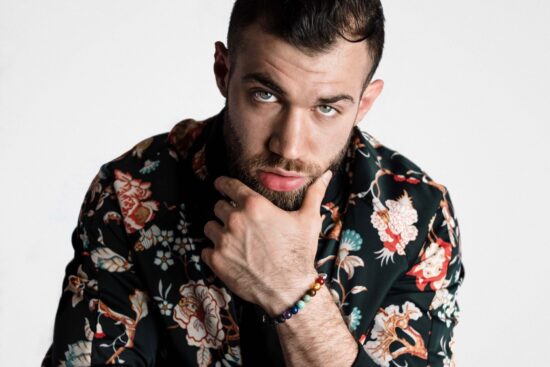Julie Cockburn Re-imagines Old Photographs
London-based artist Julie Cockburn incorporates colorful thread into vintage photographs, creating enigmatic yet vivid collages.…
Introducing Andrea Farina’s Vulnerable Embroidery
Pursuing her passion after hours, Andrea Farina creates intricate embroideries and gouache paintings and continues…
Existential Sculptures By Park Ki Pyung
Seoul-based artist and student, Park Ki Pyung, creates striking human sculptures that embody a universal and…
Mythical Paintings of Bo Bartlett
American realist with modernist vision, the painter Bo Bartlett looks into the heart of American…
Inside The Classical Sculptures By Cao Hui
Triggering our sensibility to graphic images of the inside of our bodies, Chinese artist Cao…
Gaku’s Fresh Take On Traditional Japanese Vegetable Carving
Japanese artist Gaku works within minutes to carve intricate, traditional floral and patterns into fruit…
Looks Behind The Facade Through The Eyes Of Cindy Sherman
Provocateur and icon of self-presentation Cindy Sherman is back with new art works. Until April…
Eclipse Installation By Architecture Studio FAHR 021.3
Standing in the historic center of Porto, Portugal, the temporary installation ‘Eclipse‘ shifts the center…
Handmade Paper Collage Art By Annalynn Hammond
Wisconsin-based artist Annalynn Hammond is best known for her unique hand-cut paper collages. Her collages…
Incredible Land Art Installations By Cornelia Konrads
German artist Cornelia Konrads creates mind-altering site-specific installations in public spaces, sculpture parks and private…






